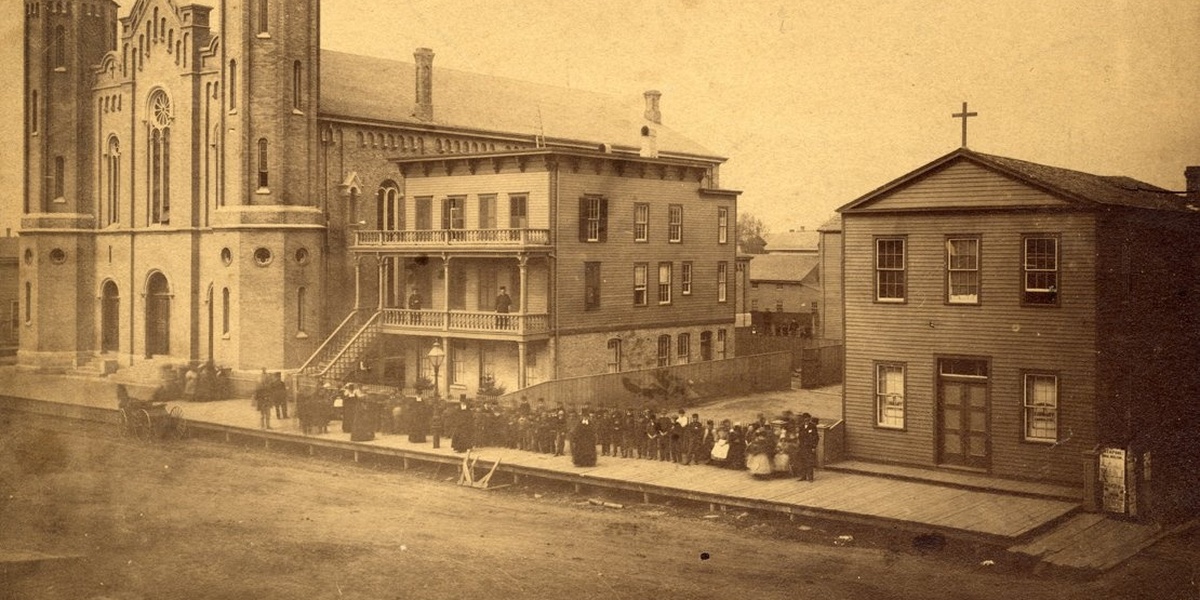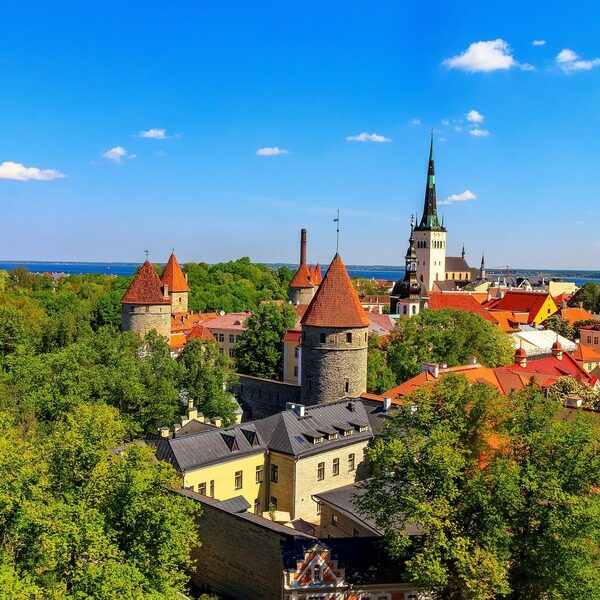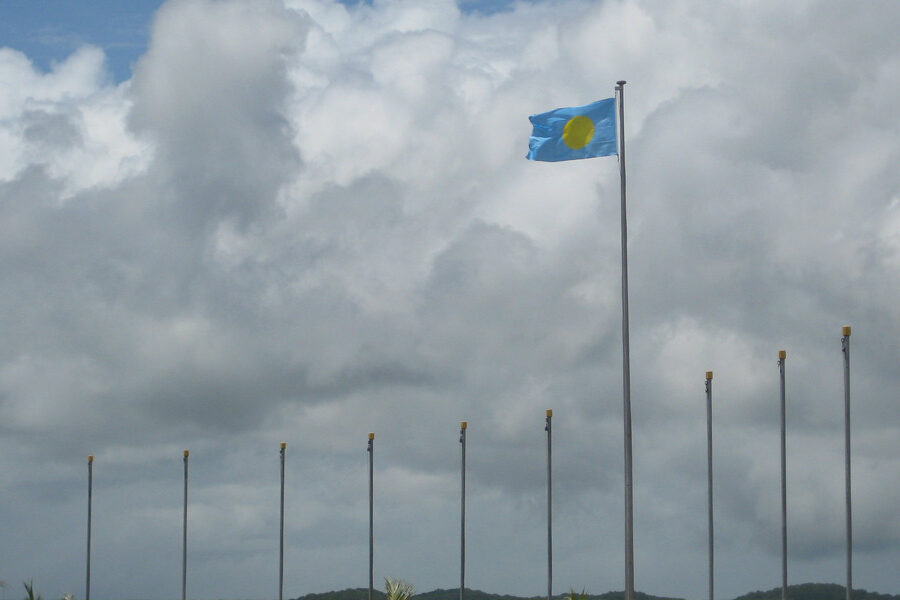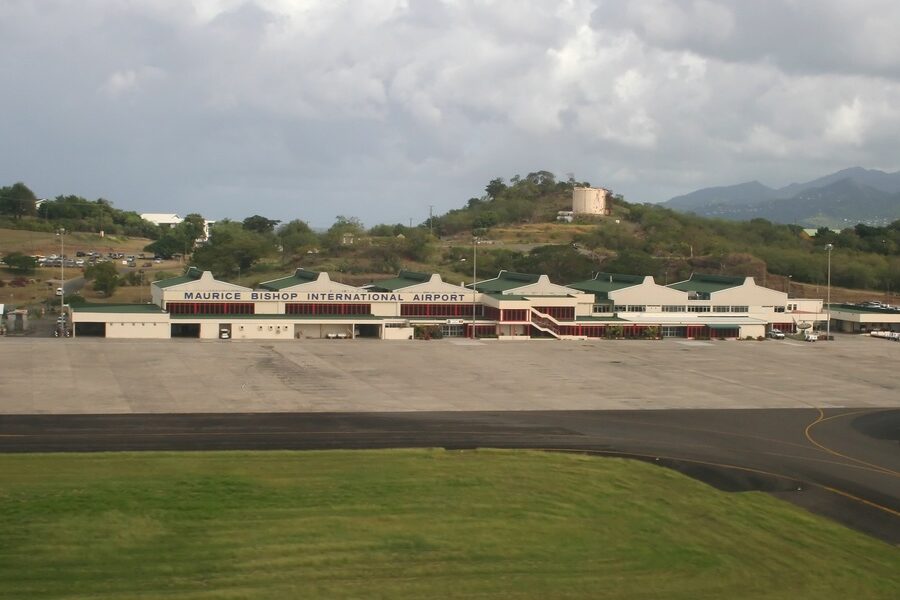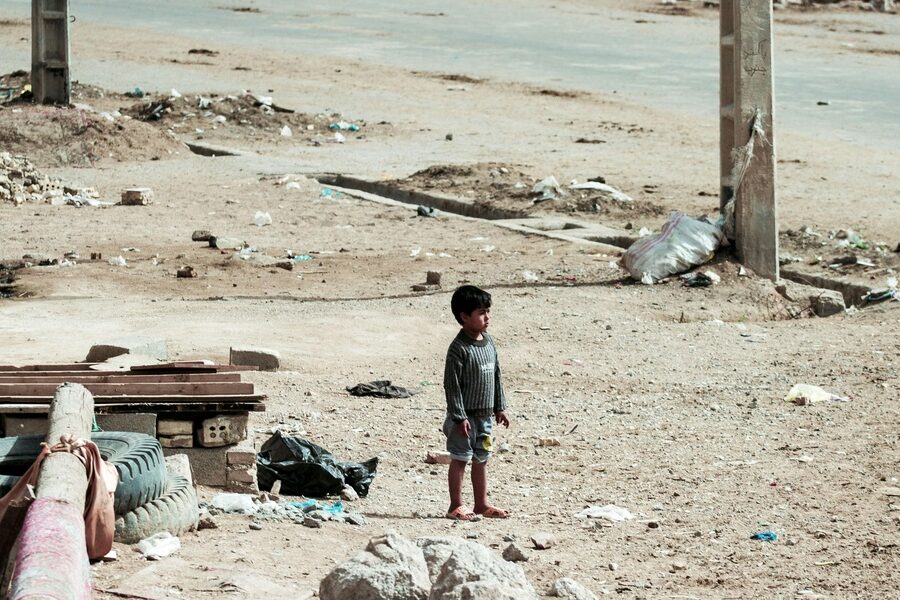Grenada’s islands combine vibrant communities and clear economic contrasts: some parishes face higher costs and fewer jobs, while others enjoy steadier incomes from tourism and agriculture. Looking at where hardship is concentrated helps planners, charities and residents make better decisions about resources and opportunities.
There are 7 Poorest Cities in Grenada, ranging from Carriacou & Petite Martinique to St. Patrick. For each place, the data are organized as Country,Poverty rate (%),Median household income (XCD/year) — you’ll find below.
How is poverty measured for these places in Grenada?
Poverty rates usually come from household surveys and national statistics that compare income or consumption against an established poverty line; median household income is reported in XCD/year and can be an estimate or sample-based figure. Check the Grenada Central Statistical Office or recent household surveys for methodology, sample year and any regional adjustments.
What practical actions help communities in the poorest areas?
Focus on local solutions: support small businesses and cooperatives, donate to vetted community organizations, volunteer with skills-based projects, and advocate for targeted public investment in education and infrastructure. Use the data below to identify needs, but verify current conditions locally before committing resources.
Poorest Cities in Grenada
| Name | Country | Poverty rate (%) | Median household income (XCD/year) |
|---|---|---|---|
| St. Patrick | Grenada | 56.1 | Data not available |
| St. Mark | Grenada | 48.0 | Data not available |
| St. Andrew | Grenada | 44.9 | Data not available |
| St. David | Grenada | 38.6 | Data not available |
| St. John | Grenada | 36.8 | Data not available |
| Carriacou & Petite Martinique | Grenada | 32.5 | Data not available |
| St. George | Grenada | 27.5 | Data not available |
Images and Descriptions
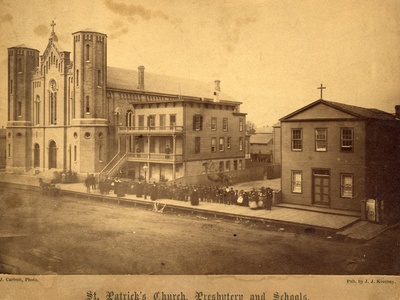
St. Patrick
As Grenada’s northernmost parish, its economy heavily relies on agriculture like nutmeg and cocoa. This dependence on volatile commodity markets and vulnerability to natural disasters are key drivers of its high poverty rate, the highest in the nation.
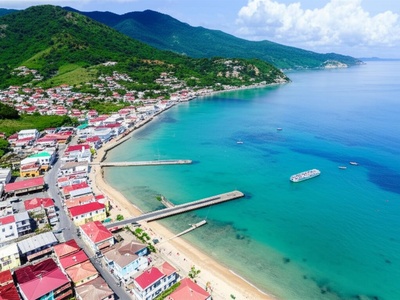
St. Mark
Known as Grenada’s fishing capital, this small parish’s economy is concentrated in fishing and small-scale farming. Limited economic diversification and seasonal income fluctuations contribute significantly to its high poverty levels and lack of alternative employment.

St. Andrew
The largest parish by land area, St. Andrew is a major agricultural hub. Economic hardship is linked to the struggles of the nutmeg and cocoa industries after major hurricanes, affecting the main source of income for many rural families.
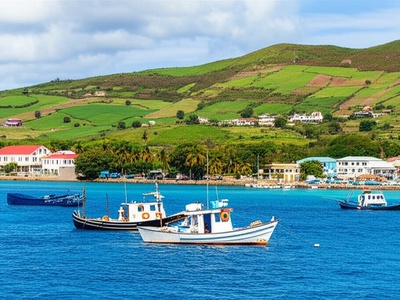
St. David
A largely rural parish with an economy based on farming and fishing. While some tourism exists, many residents face challenges due to low wages in agriculture and limited access to the more robust job markets in the south of Grenada.
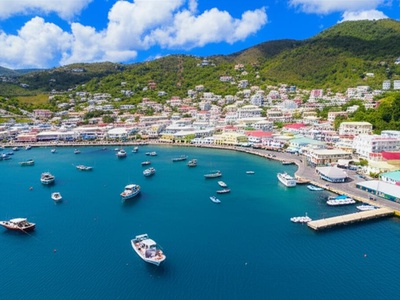
St. John
Home to the famous fishing town of Gouyave. The parish’s economic fortunes are closely tied to the fishing industry, which faces issues like resource depletion and market volatility, leading to precarious incomes for many households.
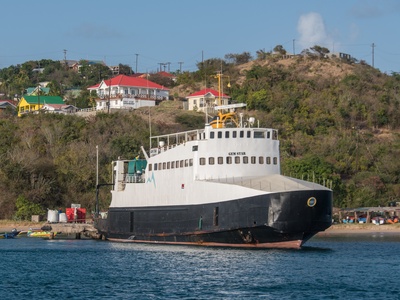
Carriacou & Petite Martinique
These sister islands have a distinct economy based on remittances, boat building, and fishing. Their relative isolation from the main island of Grenada creates challenges in accessing services and creates higher costs of living, contributing to poverty.
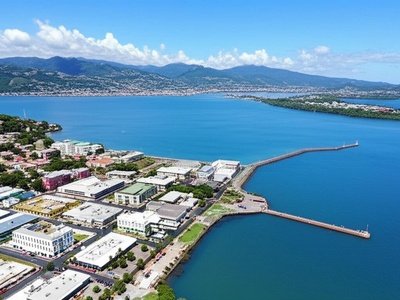
St. George
Housing the nation’s capital, this parish is the center of government, tourism, and commerce, resulting in the lowest poverty rate. However, significant income inequality and pockets of urban poverty exist alongside areas of relative wealth.

